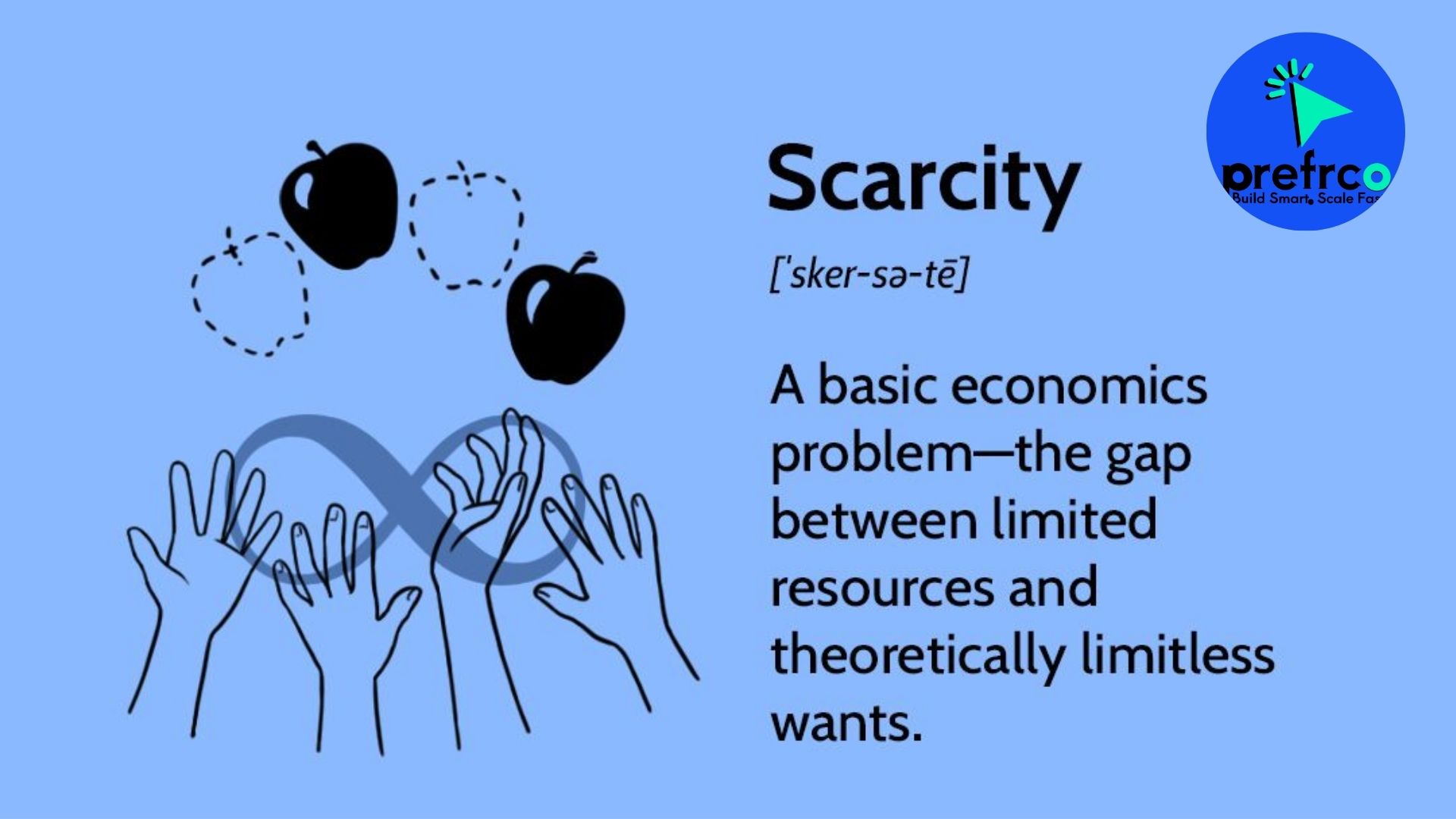A scarcity widget is a powerful addition to your WordPress landing page—especially when you’re promoting time-sensitive offers in New Zealand’s competitive tourism and events industries. By combining countdown timers with stock or availability displays, these widgets tap into the psychological principle of urgency to drive conversions. Whether you’re advertising limited seats for a Waiheke Island wine tour or promoting a flash deal on Queenstown ski packages, a scarcity widget can significantly enhance your online engagement.
This article walks through how one New Zealand-based marketing campaign leveraged a scarcity widget to increase bookings for a local vacation package—along with best practices you can apply to your own campaigns.
Background: Converting Browsers into Bookers
A digital marketing agency based in Auckland was hired to improve conversions on a WordPress landing page promoting an exclusive South Island getaway package in partnership with House of Travel and local luxury lodges near Lake Tekapo. Despite beautiful visuals and detailed itineraries, the page suffered from low booking rates and high abandonment at the final step of the user journey.
User behavior suggested that while interest was high, many visitors hesitated to commit—likely due to uncertainty around availability and urgency.
Objective
The goal was to implement a scarcity widget that:
-
Created urgency through a countdown timer showing when the offer expires.
-
Displayed limited availability using a real-time stock counter (e.g., “Only 4 packages left!”).
-
Seamlessly integrated into the WordPress landing page, encouraging users to act fast.
Strategy
1. User Behavior Analysis
Using tools like Hotjar and Microsoft Clarity, the agency analyzed heatmaps and session recordings:
-
Most users scrolled for information but rarely clicked the “Book Now” button.
-
Visitors lingered near package details but lacked a clear prompt to act immediately.
-
Analytics showed that visits spiked during long weekends and public holidays like Waitangi Day, but bookings didn’t follow the same trend.
2. Solution Implementation
To trigger quicker user decisions, the team developed a custom scarcity widget with two key features:
-
Countdown Timer: Displaying time left to book before the offer expired (e.g., “Ends in 01:23:45”).
-
Stock Counter: Showing real-time updates on remaining travel packages (e.g., “Only 3 spots left for March departures”).
The widget was placed above the fold, directly beneath the main hero image and CTA.
Design & Functionality
-
Color Scheme: Used high-contrast colors like Kōwhai yellow and Pōhutukawa red—recognisable and native to NZ branding palettes.
-
Messaging: Headlines like “Limited Time Offer – Only 5 Packages Remaining” and “Hurry! Escape to the South Island This Summer” helped drive action.
-
Real-Time Logic: The stock counter dynamically updated via JavaScript and WordPress’s REST API, linked to actual booking numbers.
Implementation Process
1. Widget Design
The design was mobile-responsive and minimalistic, in line with trends followed by Kiwi travel brands like JUCY and GO Rentals.
2. Development Approach
-
Countdown Timer: Used the HurryTimer plugin, which supports WooCommerce and time-based campaigns.
-
Stock Counter: Custom-coded using JavaScript, retrieving availability via an API connected to the booking system (in this case, BookitNZ).
3. Integration
-
Combined the plugin shortcode for the timer with a custom HTML + JS block for the stock counter.
-
Ensured compatibility with Elementor, as the site was built using this page builder.
4. Testing
-
Ran A/B tests during Auckland Anniversary Weekend, comparing a page with the scarcity widget to one without.
-
Measured user scroll depth, time-on-page, button clicks, and completed bookings.
Results
The scarcity widget delivered strong performance metrics within just two weeks:
-
+25% Increase in Conversions: More users completed bookings, particularly during promotional weekends.
-
-18% Bounce Rate: Visitors were more engaged and stayed longer.
-
+70% Engagement with the widget zone (as seen in heatmaps).
-
Positive Feedback from customers who appreciated clarity on package limits.
A notable spike came after the widget was mentioned in a Stuff.co.nz travel column highlighting last-minute summer deals.
Lessons Learned
-
Visibility Is Key: Placing the widget above-the-fold ensured users saw it immediately—especially important on mobile.
-
Urgency + Scarcity Work Best Together: A combined message of “limited time” and “limited stock” proved more effective than either alone.
-
Real-Time Credibility Matters: Live updates added trust and made the offer feel genuine, avoiding the risk of looking like a gimmick.
-
Testing Drives Insights: A/B testing revealed which wording and layout performed best.
Conclusion
This New Zealand-focused case study highlights the tangible impact of a scarcity widget on travel and tourism landing pages. In an industry where spontaneity meets hesitation, leveraging urgency and scarcity in a credible way can make all the difference.
Whether you’re promoting Rotorua spa getaways, Nelson vineyard tours, or limited seats to the Wellington Sevens, a tailored scarcity widget can help convert browsers into bookers—faster.
